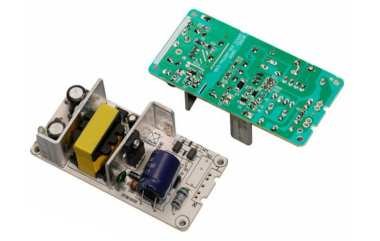What Are AC/DC Adapters?
In the design and use of modern electronic products, AC/DC adapters play a crucial role. They not only provide the necessary power conversion for various devices but also ensure their stable operation. With the advancement of technology and the evolving demands of consumers, AC/DC adapters have continuously evolved to become a key component in the electronics industry. This article will comprehensively explore the definition, working principle, characteristics and advantages, applications, and more about AC/DC adapters.

I. What are AC/DC Adapters?
An AC/DC adapter is an electronic device designed to convert alternating current (AC) power into stable direct current (DC). It typically contains components such as a transformer, rectifier circuit, filter, and voltage regulator, ensuring that the output voltage and current meet the technical specifications of the target device. AC/DC adapters are primarily used to convert the grid power (AC) into the required DC for electronic devices, ensuring a stable power supply. Early adapters were large, inefficient linear power supplies, but modern adapters with switching technology (SMPS) have become mainstream due to their smaller size and higher efficiency. With the application of new technologies such as GaN (Gallium Nitride), adapters have made breakthroughs in terms of size, energy efficiency, and power density, offering superior solutions for portable devices and high-power applications.
II. Working Principle
The working process of an AC/DC adapter can be broken down into several key steps:
- 1. AC Input and Rectification: The AC power input from the grid first passes through a bridge rectifier (using diodes or a bridge rectifier circuit), converting it into a pulsed DC.
- 2. Filtering: Capacitors and inductors are used to filter out high-frequency noise and smooth the current waveform.
- 3. Voltage Conversion:
- Linear Power Supply: The voltage is reduced through a transformer and directly regulated, but it is less efficient (around 40-60%) and has low output noise.
- Switching Power Supply (SMPS): Using high-frequency switching transistors and Pulse Width Modulation (PWM) technology, high-efficiency conversion (80-95%) is achieved, resulting in a smaller size.
- 4. Voltage Regulation and Output: IC chips (such as LM7805) or feedback circuits precisely adjust the voltage to ensure stable output.
Get more details: What Are AC/DC Adapters?